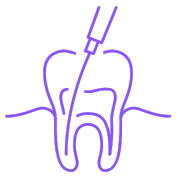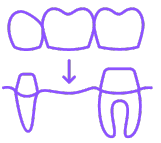
Wakad Branch
Address
108, Westwood estate opp to Mont Vert Tropez society, Shankar Kalat Nagar, Wakad, Maharashtra 411057
Phone
Map
Timing
Mon - Sat, 10 am - 9 pm
Sunday - 10 am - 1.30 pm
Pimple Nilakh Branch
Address
Ground Floor, Sanjyot, Aundh-Wakad Rd, Vishal Nagar, Pimple Nilakh, Pimpri-Chinchwad, Maharashtra 411027
Phone
Map
Timing
Mon - Sat, 10 am - 9 pm
Sunday - 10 am - 1.30 pm
Have Questions?
Let's Chat!
Whatsapp Chat
Send us a message today and we will contact you as soon as possible.
Have Questions? Let's Chat!
Whatsapp Chat
Send us a message today and we will contact you as soon as possible.















